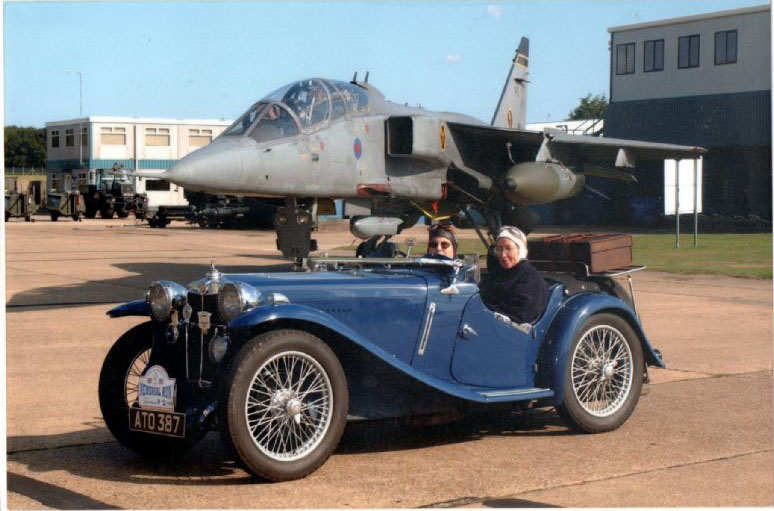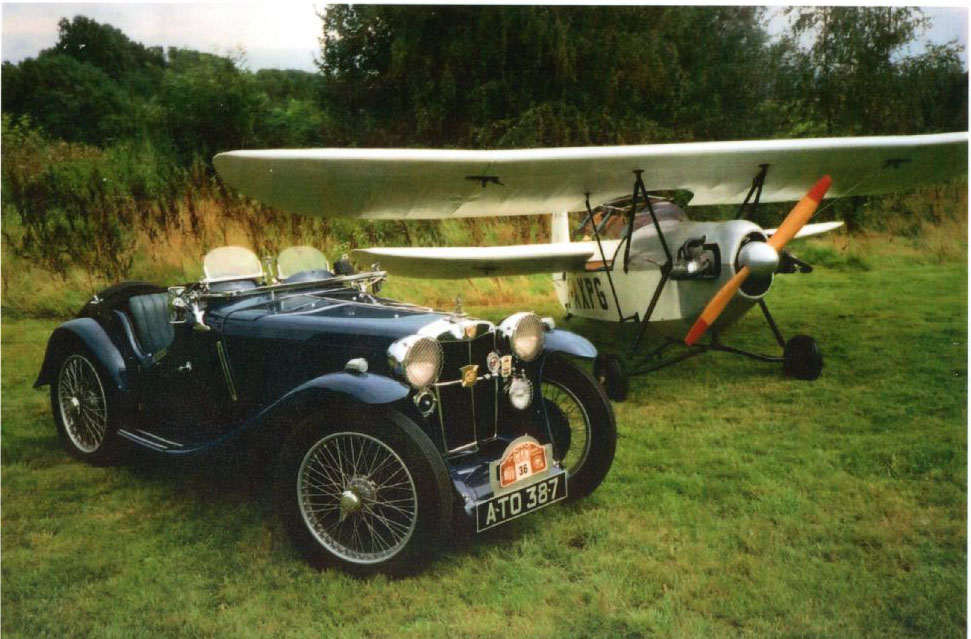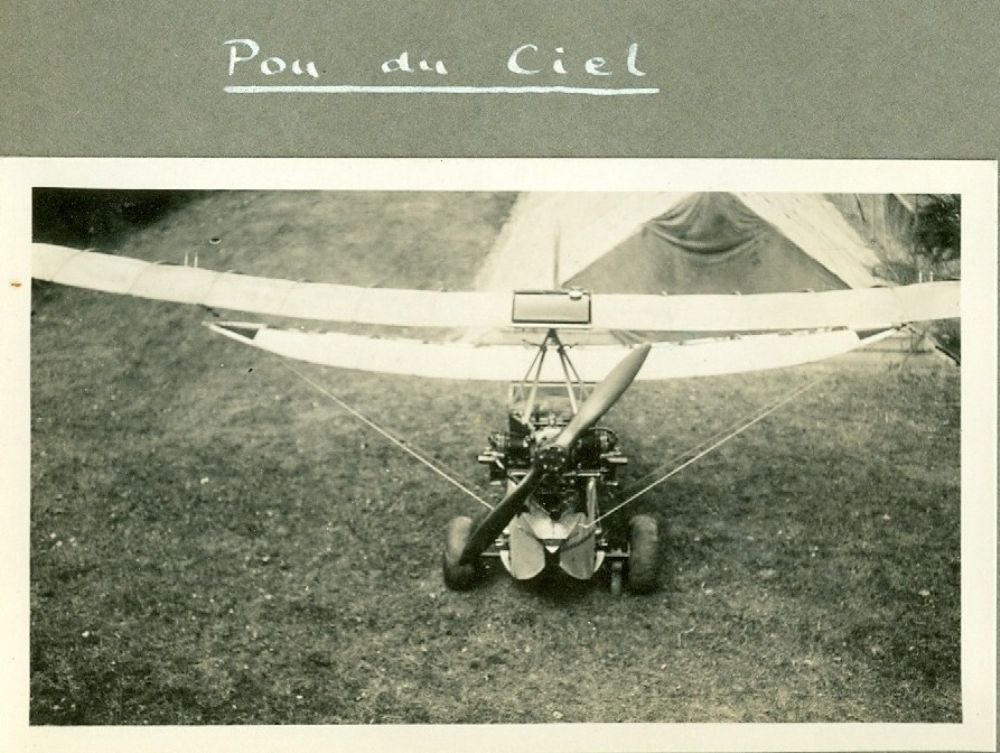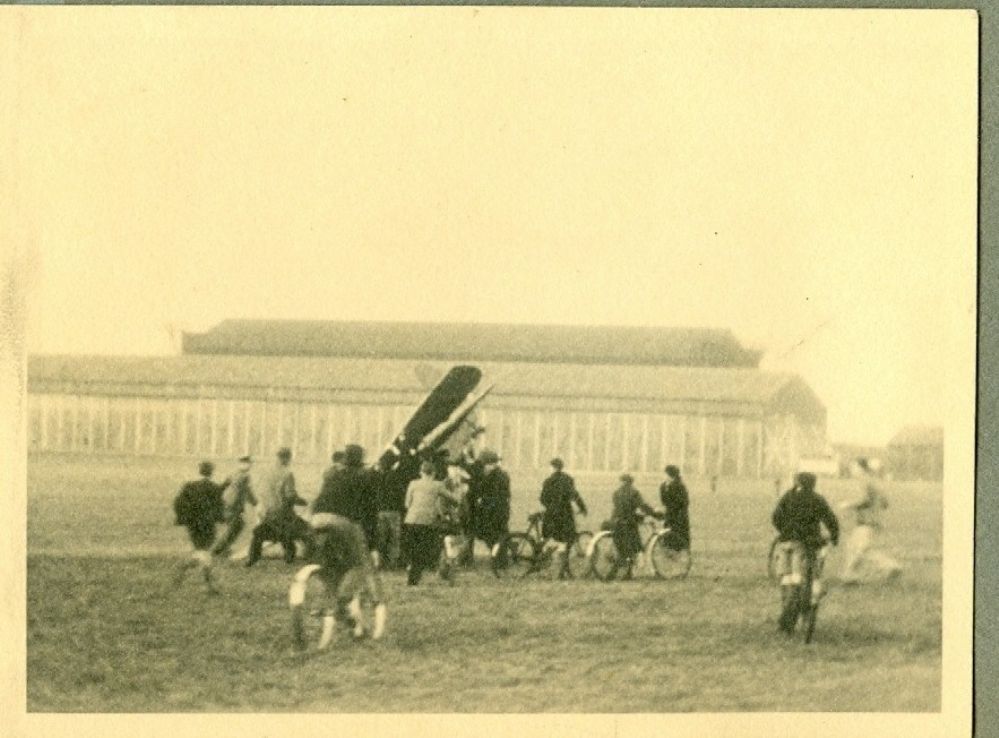| Author |
 Topic Topic  |
|
|
William Cullen
United Kingdom
226 Posts |
 Posted - 15/03/2020 : 21:56:04 Posted - 15/03/2020 : 21:56:04

|
Having been recovering from a spinal operation I have been going through large amounts of photos and came across these 2 of my old P type.
One taken at RAF Coningsby the other taken at a Flying Flea gathering


Bill |
|
|
Nick Feakes
USA
3345 Posts |
 Posted - 16/03/2020 : 12:04:23 Posted - 16/03/2020 : 12:04:23

|
Bill
Turned and cropped for you.
Nick
Webmaster |
 |
|
|
Simon
United Kingdom
447 Posts |
 Posted - 17/03/2020 : 11:32:30 Posted - 17/03/2020 : 11:32:30

|
| Nice photos. The "Flying Flea" is interesting as a survivor of a pre-war idea for cheap and cheerful flying. Alas the concept was flawed and the little plane could be a killer. Some were powered by a Carden Ford engine (modified Ford 10). My father started making one before the war and I remember seeing its fuselage in grandfather's garage many years later. Fortunately that's as far as he got! |
 |
|
|
Colin McLachlan
United Kingdom
988 Posts |
 Posted - 17/03/2020 : 13:24:22 Posted - 17/03/2020 : 13:24:22

|
I thought for a moment that the Flying Flea was powered by an XPAG engine, going by its registration.
Colin
Crail, Fife.
PA 0613
MG3242
Register No. 2591 |
 |
|
|
spatek
United Kingdom
212 Posts |
 Posted - 17/03/2020 : 17:18:41 Posted - 17/03/2020 : 17:18:41

|
| A garage in Doncaster was going to build and sell them but the pilot that was flying one up to Doncaster to demonstrate it crashed and was killed, soon after that the aviation authority banned them from flying, there was one hung up in garages workshop until it closed down in the 1960s. terry w. |
 |
|
|
William Cullen
United Kingdom
226 Posts |
 Posted - 19/03/2020 : 23:47:38 Posted - 19/03/2020 : 23:47:38

|
With regards to the flying Flea after so many deaths they sent one to Farnborough, putting it a wind tunnel they found that at certain airspeed the rear wing became an aerofoil and changed the dynamics of the main wing making it become one large uncontrollable wing causing it to nose dive into the ground, they solved the problem by moving the fixed rear wing back on the fuselage just a few inches it became stable, but of course its reputation killed it off. I have the original book on how to build one and it was my intention to do so, MG,s took over.
Bill |
 |
|
|
Allan Bentley
United Kingdom
253 Posts |
 Posted - 20/03/2020 : 17:21:13 Posted - 20/03/2020 : 17:21:13

|
My father also built a Flying Flea in 1935, with many others. His aircraft was registered G-ADYV and had the serial number JSB1. When recently researching family records I came across many photographs of his Flea including its crash in front of Arnold Hall then in charge of aircraft evaluation at Farnborough. He took over the remains for further investigation. Another flea G-AEFV was used for wind tunnel tests, to investigate pitch stability within the flight envelope, takeoff and flare out on landing.
The problem my father had experienced was serious pitch up at the point of takeoff. The photo taken of the crash show a Farnborough club pilot, who was doing fast taxi tests to assess the pitch instability, which my father an experienced pilot and aeronautical engineer, had experienced and considered dangerous. Clearly this pilot had not listening and opened the engine too much resulting in the Flea climbing like a 'home sick angel' Cutting the engine, the flea stalled and went into a side slip. The pilot was not badly injured, only his nose which had impacted the glass turn bank tube. Further investigation revealed that the French designer who had successfully flown many hours used an engine of only 17HP. British Fleas used Bristol Cherub or ABC Scorpion engines rated at 32 HP or as noted the Carden Ford. Power was the problem goinup and aerodynamics coming down.
The killer however was stick reversal on approach, when as mentioned in the post the accelerated airflow over the fixed horizontal stabiliser caused excessive lift, hence pushing the nose further down. The only way out of this was for the pilot to grab the trailing edge of the wing and force it upwards with all his strength.
UK Flea permits to fly for the original design were all cancelled in 1936 The design was modified extensively and there are many versions of this simple concept flying in the world today.
Recently I found what is described as a replica Flea in a Cumbrian museum which has the same registration recorded in 1935 for JSB1 G-ADYV. I have not investigated this further.
Allan Bentley


|
 |
|
| |
 Topic Topic  |
|

